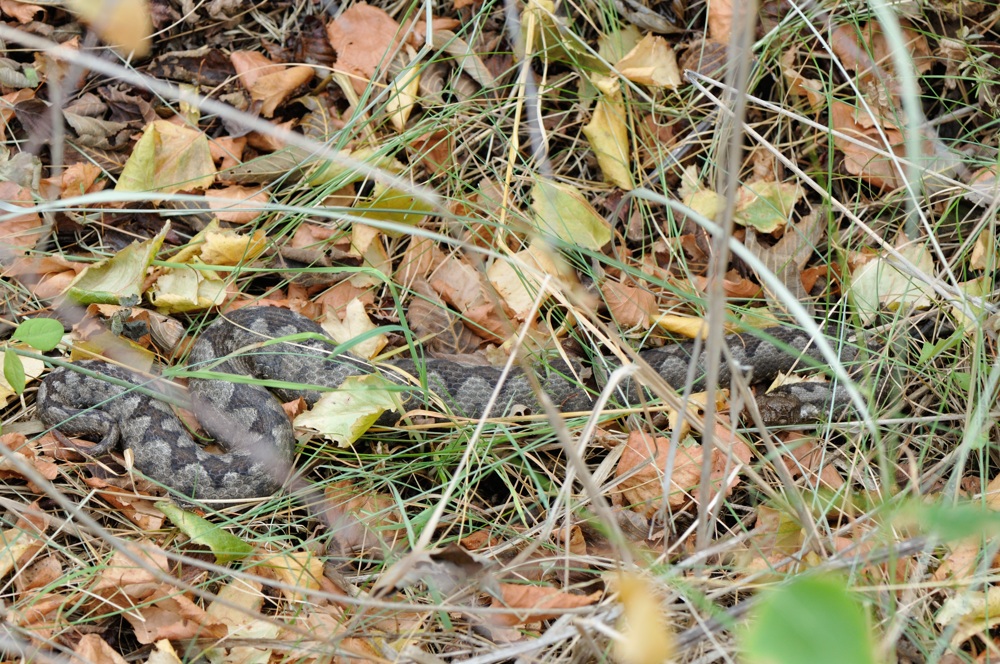As written before, this year I also joined two orthopteromaniac-friends on their quest to fill gaps in the distribution maps of grasshoppers in Austria. So we went more or less across whole Tirol, they looking for grasshoppers and me mainly finding the grasshoppers they were looking for ;-) The master-tool for finding some certain species of grasshoppers is a bat detector, which shifts the ultrasound noises that bats and some grasshoppers make to a frequence audible also to humans. So with bat detector turned off, at some species you're hearing nothing. And when you turn the device on, you are suddenly realising that there are quite some of them around. Here a link to one of the species (Barbitistes serricauda) we were looking for with quite some effort. The noises you hear are mainly from two species and if you look properly, you can see the wings moving a bit to the "clicking" type of stridulation (to stridulate = the process of creating the sound grasshoppers make). You wouldn't hear those clicking sounds without the bat detector. Besides the grasshoppers I had time to test my new tripod, play a bit with light refractions and click stuff I'm usually not so focussed on. Here a small selection!
 Here one of the main actors we were looking for - Barbitistes obtusus, those holes on the feet are their "ears".
Here one of the main actors we were looking for - Barbitistes obtusus, those holes on the feet are their "ears".








